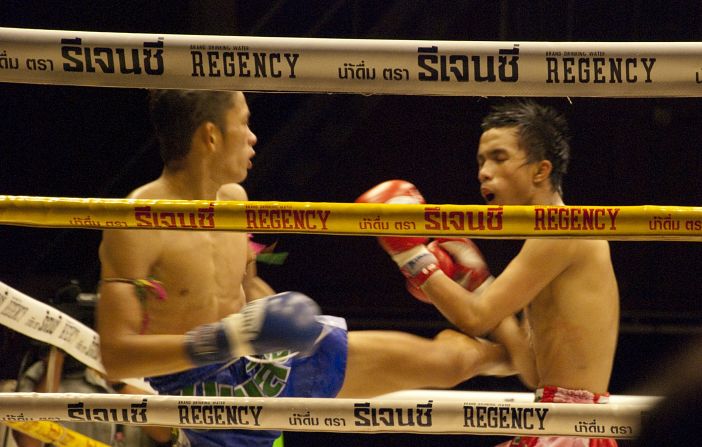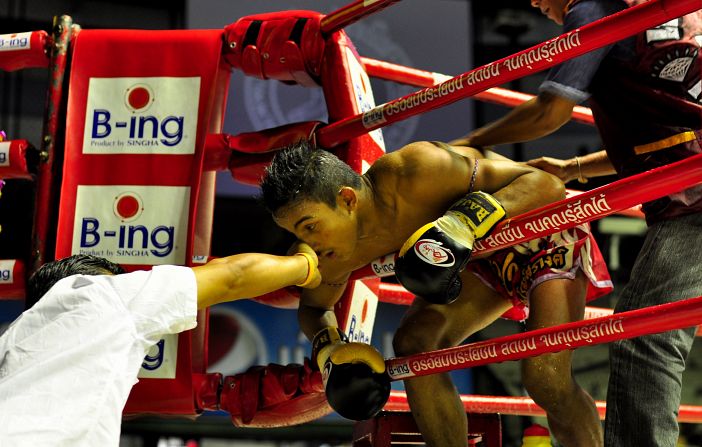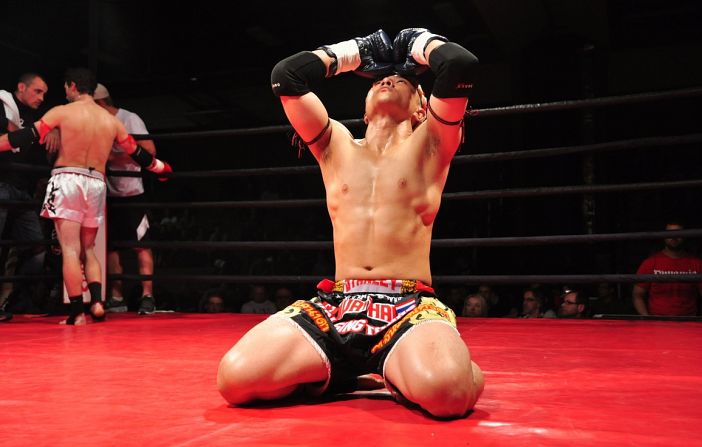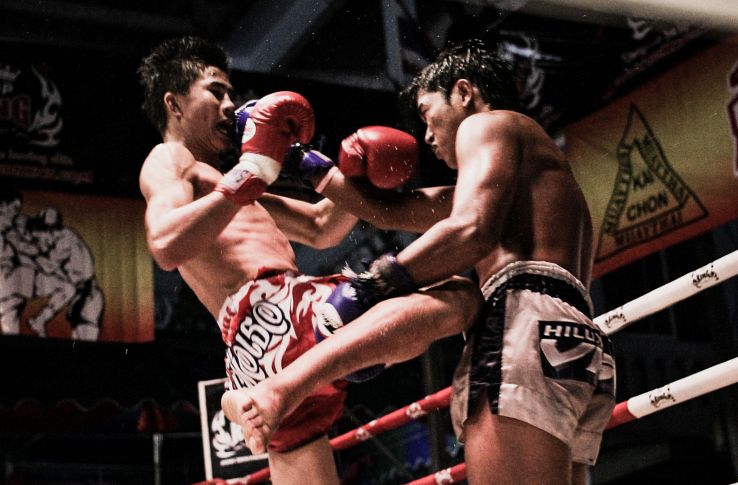The history of Muay Thai spans more than 2,000 years. Originating in the Ao-Lai Thai ethnic group, it is believed that this martial art was first mentioned in the South Chinese province of Yunnan.

In the mid-16th century, King Naresuan became a legend of Muay Thai after spending several years as a Burmese hostage. Upon returning to Siam, he passed on the skills he had learned. Many more kings have also left their stamp on the development of Muay Thai. For example, Phra Chao Sua (King Tiger), known for his ferocious nature, traveled the country alone as a Muay Thai fighter, engaging in combat with anyone who tried to take him on. It was he who advised other fighters to practice Muay Thai regularly, actively participating in their training.

The Thai martial art became a favorite form of entertainment for the Siamese. Every village held competitions and named champions. People made wages on the battles, with the betting becoming a tradition in its own rite.

Historically, low blows, body slams, knife-hand strikes, and finger strikes were allowed. Fighters wore no gloves, but would wrap their hands with rope, and before the fiercest battles, they would dip their hands in glue and cover them with crushed glass. Matches had no time limits – one of the participants had to win, the other had to lose. It goes without saying that modern Muay Thai matches are very different from those of the days of King Tiger.
Until 1920, Muay Thai was a school discipline. In 1930 however the government had to change the severe character of the fight. According to new internationally accepted rules, fighters wear gloves, and dangerous slams and low blows are prohibited. Nevertheless, the extreme power of Thai boxing is still the cheval de bataille in the fight for justice. Muay Thai techniques are used so heavily in the Thai army that every soldier has to take a course in this martial art. It would seem that Thai boxing is coming back to the battlefield from which it initially emerged.


